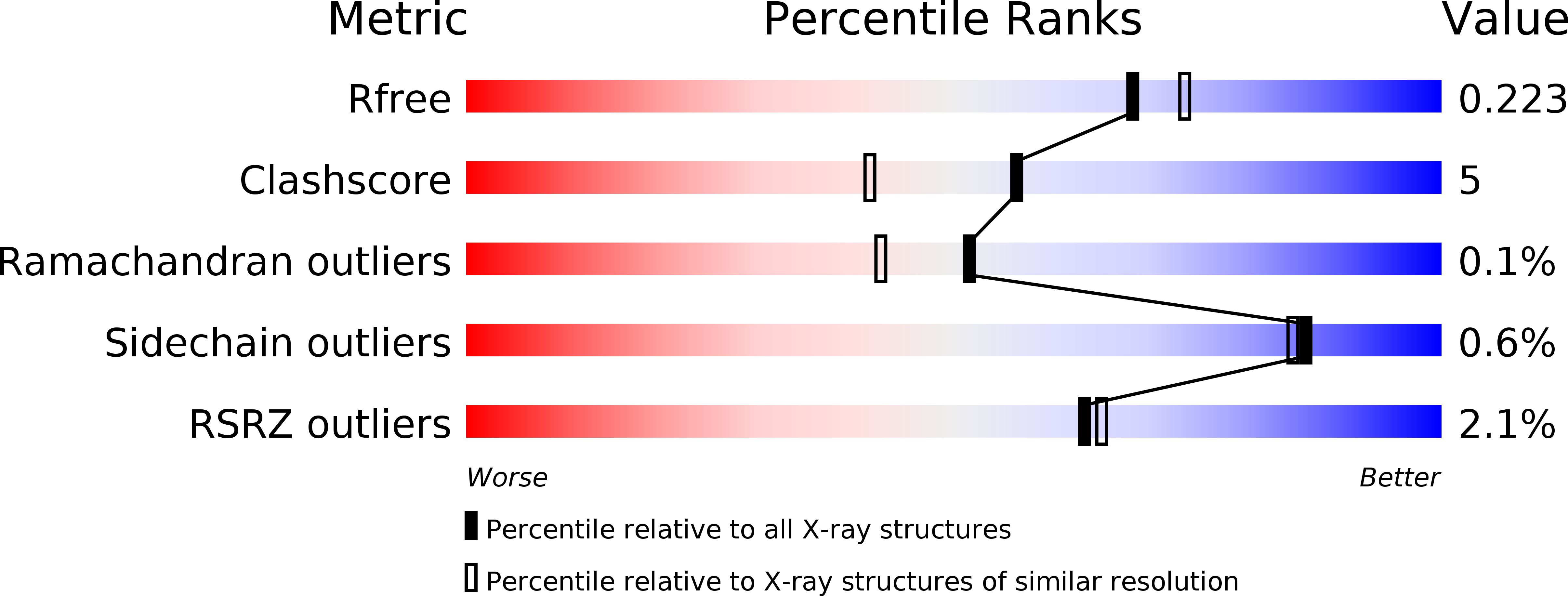
Deposition Date
2014-02-28
Release Date
2014-03-26
Last Version Date
2025-10-22
Entry Detail
PDB ID:
3WS6
Keywords:
Title:
Crystal Structure of H-2D in complex with a mimotopic peptide
Biological Source:
Source Organism:
Mus musculus (Taxon ID: 10090)
Host Organism:
Method Details:
Experimental Method:
Resolution:
1.98 Å
R-Value Free:
0.22
R-Value Work:
0.16
R-Value Observed:
0.17
Space Group:
P 21 21 2


